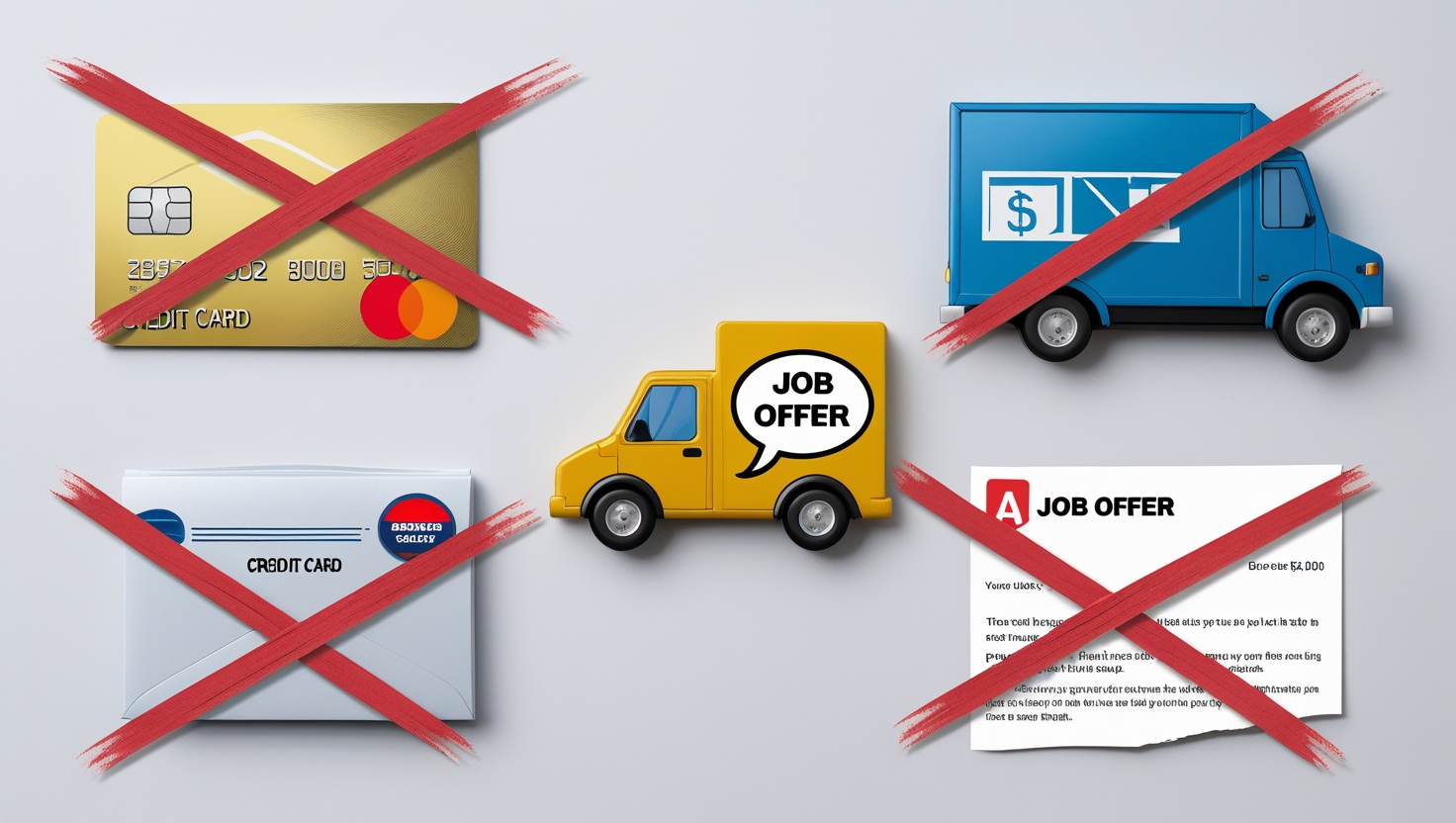Buying your first home is an exciting milestone—but it can also feel overwhelming without a clear roadmap. From figuring out how much you can afford to closing the deal, there are many steps and decisions along the way.
This guide breaks down the process into manageable steps, so you can move forward with confidence and clarity. Whether you’re just beginning your search or getting ready to submit an offer, use this outline to navigate the home-buying journey.
1. How Much House Can I Afford?
Start by understanding your financial situation. Look at your income, debt, credit score, and monthly expenses to determine a comfortable mortgage payment. Use an online affordability calculator to estimate your budget, but don’t forget to factor in property taxes, insurance, HOA fees, and maintenance costs.
Tip: Most lenders recommend spending no more than 28–30% of your gross monthly income on housing costs.
2. How Much Should My Down Payment Be?
Your down payment affects your loan terms and monthly payments. While 20% is ideal to avoid private mortgage insurance (PMI), many first-time buyers put down as little as 3–5%.
Options include:
-
Conventional loans: 3%–20% down
-
FHA loans: As low as 3.5%
-
VA/USDA loans: Often require 0% down
Tip: A higher down payment can lower your monthly payment and make your offer more attractive to sellers.
3. Choosing the Right Real Estate Agent
Having an experienced real estate agent by your side makes all the difference. At NPG Real Estate, based in Warren, MI, our team will help you:
-Navigate the latest listings
-Schedule and coordinate property tours
-Negotiate the best possible offers
-Handle all the paperwork and legal details with ease
With deep local market knowledge and a client-first approach, NPG Real Estate is committed to guiding you every step of the way. Reach out today and see why so many trust us with their real estate journey.
4. Get Preapproved for a Mortgage
Before house hunting, get a mortgage preapproval letter. This shows sellers you’re a serious buyer and helps you define your price range.
You’ll need to provide:
-
Proof of income and employment
-
Bank statements
-
Credit history
-
ID and tax returns
Tip: Getting preapproved (not just prequalified) gives you an edge in competitive markets.
5. Find Your Dream Home
Now the fun begins—touring homes and picturing your life in them. Keep in mind:
-
Location and commute times
-
Neighborhood quality and schools
-
Long-term resale value
-
Home layout and condition
Don’t rush—finding the right fit takes time. Make a checklist of “must-haves” vs. “nice-to-haves” to stay focused.
6. Making an Offer on a House
Once you find the right home, your agent will help you write an offer. This typically includes:
-
Your proposed purchase price
-
Contingencies (inspection, financing, appraisal, etc.)
-
Closing timeline
-
Earnest money deposit
The seller may accept, reject, or counter your offer. Be prepared to negotiate.
7. Home Inspection Tips
After your offer is accepted, schedule a professional inspection. This will reveal any hidden issues with the property—from roof damage to plumbing problems.
Tip: Attend the inspection if possible and ask questions. If major issues are found, you can renegotiate or walk away.
8. Consider a Home Warranty
A home warranty covers repairs or replacements for appliances and systems (HVAC, plumbing, electrical, etc.) after closing.
While optional, it can offer peace of mind—especially for older homes.
9. Closing on Your Home
At closing, you’ll sign final documents, pay any remaining costs, and officially become the homeowner.
Be prepared to cover:
-
Down payment
-
Closing costs (2–5% of the purchase price)
-
Escrow fees and taxes
Once the paperwork is complete and the funds are transferred, you’ll receive the keys to your new home.
Final Thoughts
The process of buying a home can feel overwhelming, but with the right guidance and preparation, it’s a rewarding experience. Work with trusted professionals, stay informed, and take your time making decisions. Your dream home is closer than you think!

